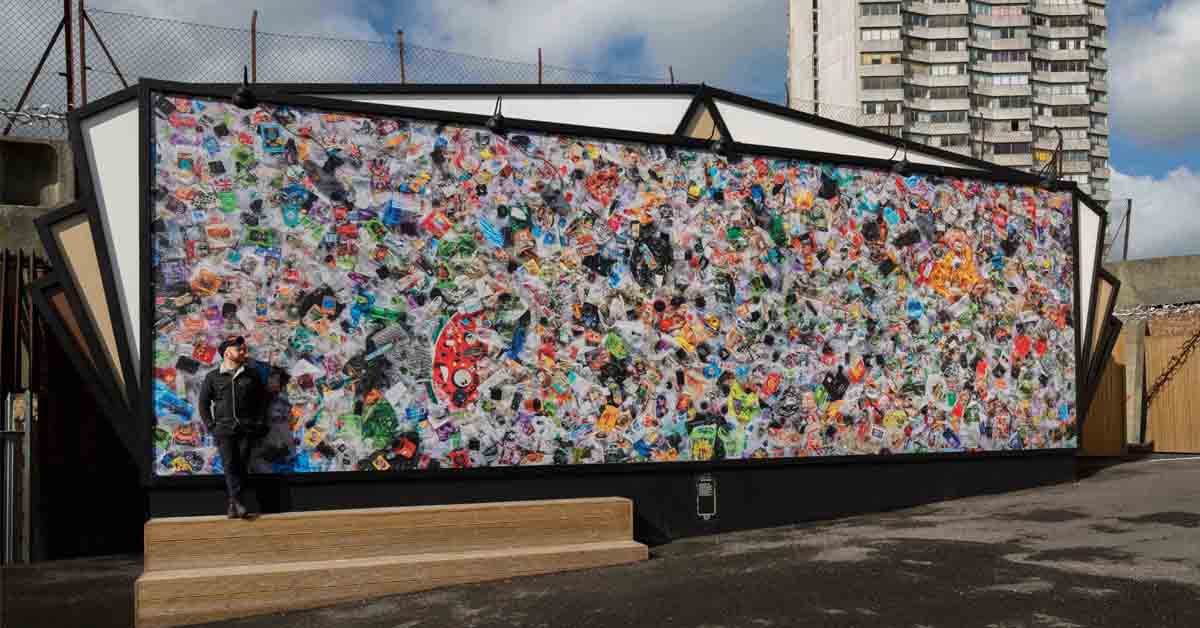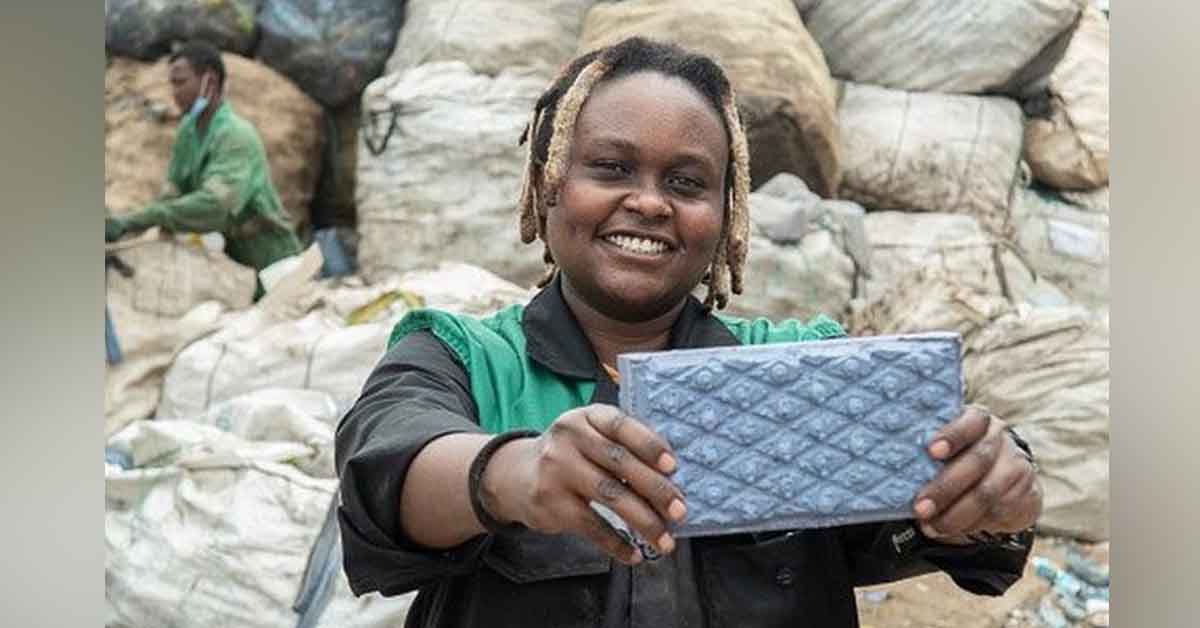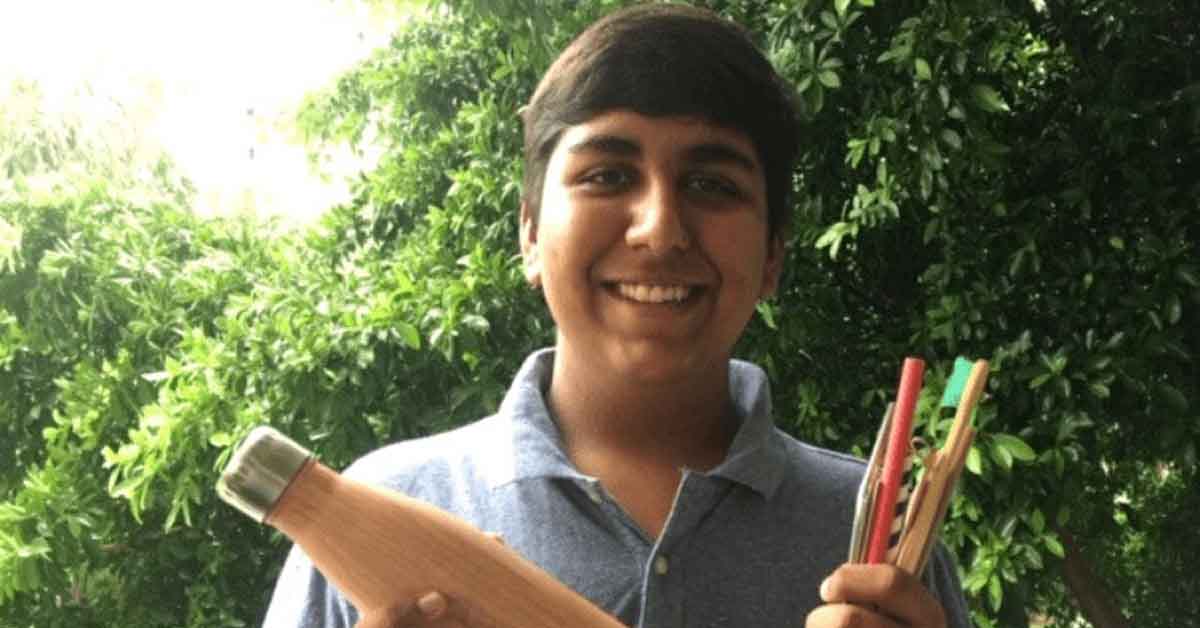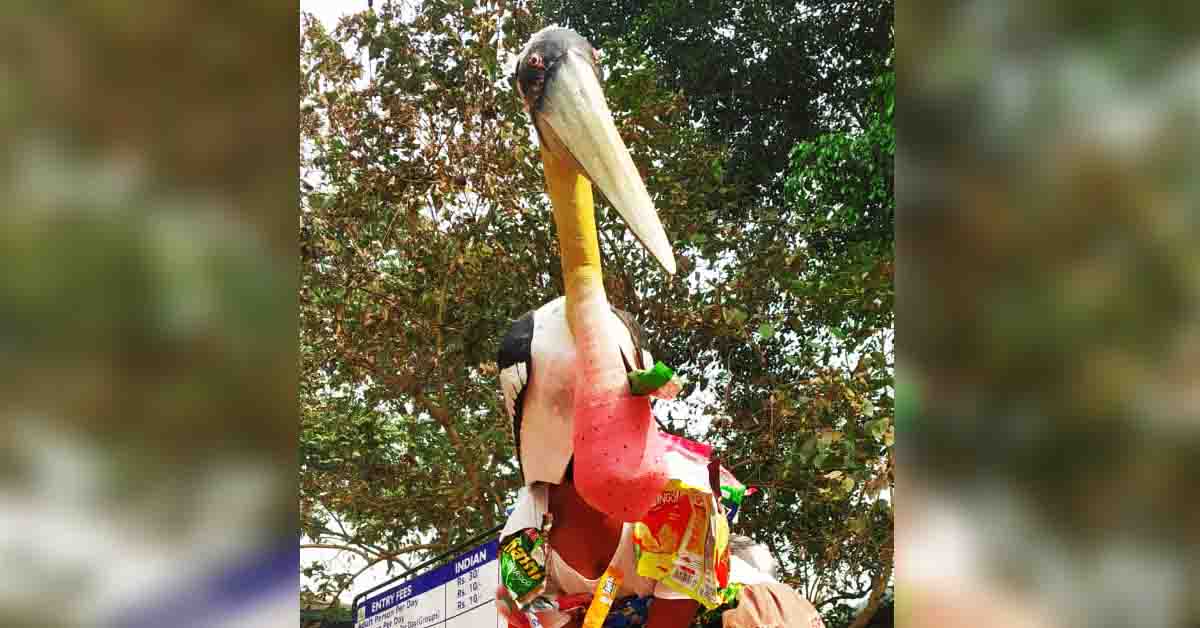
India generates 9.46 million tonnes of plastic waste every year, out of which a whopping 40 per cent remains uncollected. Over 8.3 billion tons of plastic has been produced since the 1950s and only 8 per cent of that has been recycled so far
Plastic waste has increased exponentially over the years and has had an impact on human health as well the wildlife and ecosystems- both on land and underwater.
According to a Greenpeace report in 2018, over 8.3 billion tons of plastic has been produced since the 1950s and only 8 per cent of that has been recycled so far.
Further, 12 per cent of the total plastic produced has been burned and the remaining 79 per cent has generally ended up in landfills.
Can you guess the weight of this plastic waste produced since the 1950s? Any idea? Well, it is about the weight of roughly a billion elephants!
Plastic waste, apart from having an adverse impact on marine life, also impacts the people from the low-income communities who live near the landfills.
As per findings, around 4,00,000 to a million people die every year from health issues connected to living near plastic waste dumps.
Moreover, plastic waste has impacted over 700 million marine species- some of which have become critically endangered as well.
Did you know plastic can last up to 450 years once it finds its way into the ocean? It is after 450 years that plastic starts breaking into smaller particles called "microplastics" and these particles stay in the ocean forever, entering the food chains of the marine animals and finally killing them.
We may never be able to destroy plastic once and for all and make the planet free of plastic waste. However, we can certainly reuse it and create something arty and crafty.
Nzambi Matee of Kenya is one such individual who has started a fight of her own against the menace of plastic waste.
Kenya imposed a complete ban on plastic on February 28, 2017. However, before the ban, the African nation was using and discarding an estimated 24 million plastic bags every month.
And due to this, the drainage systems would often get clogged up and over 50 per cent of cattle in urban areas were found with plastic in their stomachs.
Launching a fight against plastic waste, Nzambi Matee and three other young Kenyans established Gjenge Makers- a social enterprise that manufacturers bricks using discarded plastic.
The four young individuals, before the formal launch of their endeavour, used to collect the plastic waste, sort it, and sell it to bigger recycling companies.
The plans soon changed and they began collecting the plastic waste for themselves and began shredding and combining it with sand to make environmentally friendly products like paving bricks and manhole covers.
The products they made became an instant hit and these are now widely used by schools and to make paved footpaths across Kenya.

Courtesy: UNEP
Daniel Webb of the United Kingdom is another activist who has made his mission to create awareness about the ill-effects of plastic waste.
After he came across a heap of seaweed entangled in plastic in 2016, Webb for the first time realised the havoc that was been created by plastic waste.
That day he decided to store his everyday plastic products and after one year he had collected enough plastic products that could fill over 22 garbage bags.
He then converted the plastic waste into a huge mural and named it 'Everyday Plastic', which is now located in an amusement park called Dreamland in his hometown.

Courtesy: Global Citizen
Aditya Mukarji is a teenager from Gurugram who is on a mission to stop the usage of single-use plastic straw completely.
He believes that single-use plastic is one of the most dangerous inventions made by man.
The youngster has begun a door-to-door campaign in and around NCR to spread awareness about plastic, its detrimental impact, and eco-friendly alternatives.
According to a study carried out by Un-Plastic Collective (UPC) India generates 9.46 million tonnes of plastic waste every year, out of which a whopping 40 per cent remains uncollected.
Delhi is on top of the list among all the metros, with the production of 689 tonnes of plastic litter annually.
Aditya's crusade against single-use plastic began in 2018 and in these two years, he has been able to avert the use of over 28 million plastic objects, including straws.
He has been able to persuade over 150 different commercial establishments to avoid the use of plastic and use an environment-friendly alternative instead.

Courtesy: YourStory
Nigerian visual artist Adeyimi Emmanuel, who is also an environment enthusiast, has been creating "life out of the plastic" with the aim to spread awareness about the hazards of plastic waste.
He owns a line of bags called ECO, which are primarily made out of plastic waste.
Moreover, he has also produced several art pieces using plastic bags and other recyclable products.

Courtesy: Instagram
Delhi-based NGO Arth Art for Humanity, over the years, has been generating against plastic waste in different ways.
In 2019, the team erected an installation that resembled a waterfall using plastic bottles in Shillong during the Metropolis Urban-Winter Festival.
The motto was simple- if we don't stop the misuse of plastic, then one day our water bodies will have only plastic and no water.
On February 14, 2021, they staged a performance art in the zoo premises and explained to the people about the harmfulness of plastic waste.
Guwahati-based artist Shivam Saikia dressed up as a Greater Adjutant Stork (GAS) aka Hargila and picked plastic waste and ate it symbolically.
The performance art highlighted the threat the endangered scavenger bird in particular and the wildlife at large is facing from plastic.

Shivam Saikia as Hargila
The Story Mug, a Guwahati-based blogzine, believes in telling stories that matter.